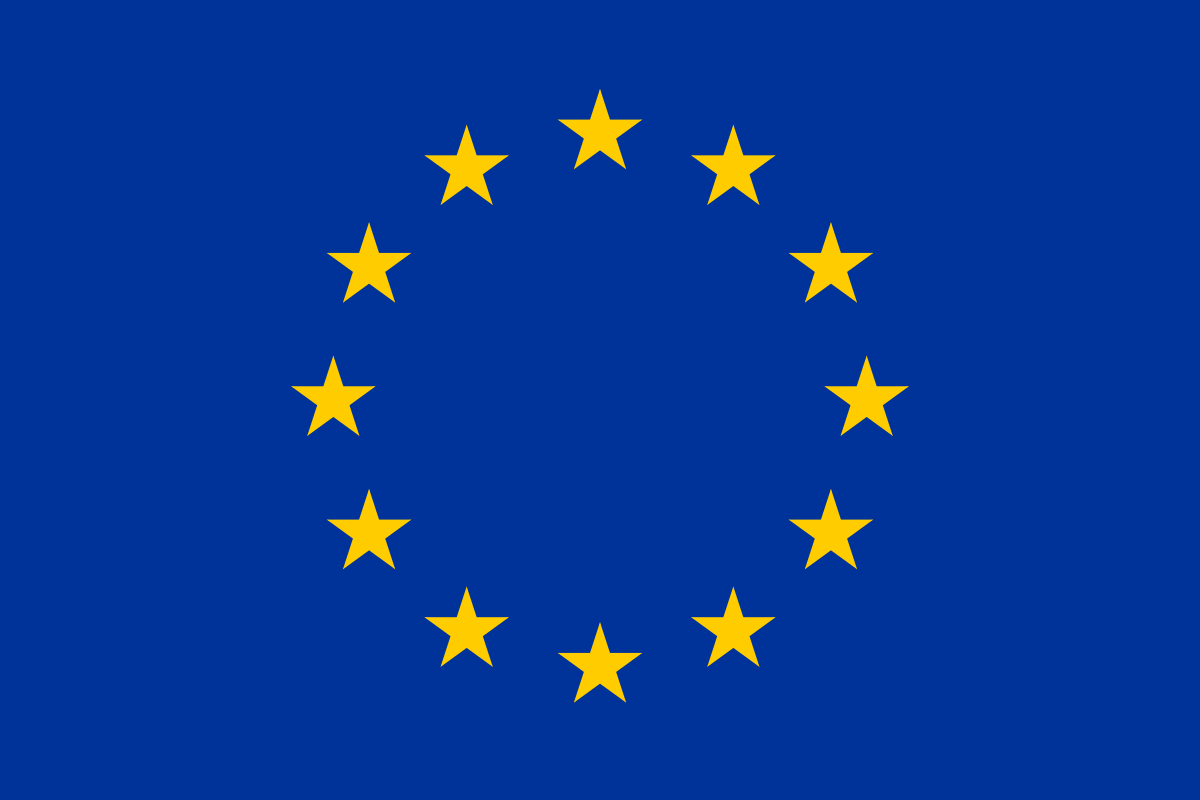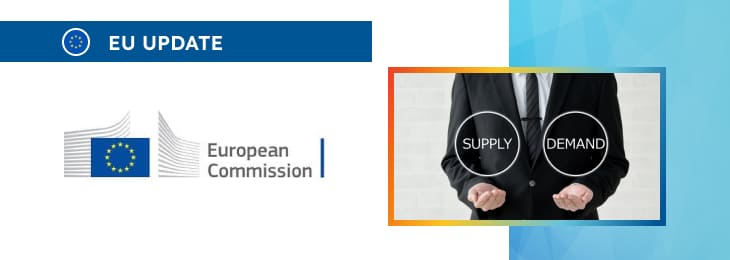The article highlights the key points related to the manufacturers’ obligations in case of product supply being interrupted or discontinued.

Table of content
The European Commission has issued a guidance document dedicated to the information obligation in case of interruption or discontinuation of supply of certain medical devices and in vitro diagnostic medical devices. Structured as a questions-and-answers document, the guidance provides an overview of the relevant regulatory requirements, as well as additional clarifications and recommendations to be taken into consideration by the parties involved in medical device supply in order to ensure compliance.
At the same time, provisions of the guidance are non-binding in their legal nature, nor they are intended to introduce new rules or impose new obligations. The Commission also reserves the right to make changes to the guidance and recommendations provided therein, should such changes be reasonably necessary to reflect corresponding amendments to the underlying legislation.
Introduction to the MDR/IVDR Amendment and Its Objectives
The Medical Devices Regulation (MDR) and In Vitro Diagnostic Regulation (IVDR) were amended with Regulation (EU) 2024/1860, aiming to strengthen patient safety and public health.
Key goals of the amendment include:
- Ensuring continuity in the supply of in vitro diagnostic medical devices (IVDs) critical for healthcare operations.
- Allowing manufacturers and notified bodies additional time for conformity assessments under the IVDR, specifically for devices with existing certifications or declarations under Directive 98/79/EC.
- Enforcing clear communication and notification obligations for manufacturers to inform stakeholders about any interruption or discontinuation in the supply of medical devices and IVDs, providing ample time for mitigation strategies to ensure patient safety.
The amendment also aims to streamline the phased rollout of Eudamed, the EU’s electronic database for medical devices. This system is expected to increase transparency and facilitate effective monitoring of device availability in the EU market.

Key Obligations Under Article 10a of MDR/IVDR
The Article 10a provision introduced by Regulation (EU) 2024/1860 outlines specific obligations for manufacturers when there is an anticipated interruption or discontinuation of supply for certain medical devices and IVDs.
These obligations include:
- Notification Requirement: Manufacturers are required to inform relevant authorities and health institutions about any anticipated supply disruptions or discontinuation. This communication is vital for enabling competent authorities to assess risks and consider appropriate actions to maintain healthcare continuity.
- Supply Chain Communication: If a manufacturer does not directly supply health institutions or healthcare professionals, the notification must reach the relevant economic operators, who then cascade the information down the supply chain to reach healthcare providers. This ensures seamless information flow from manufacturers to end-users.
This Q&A document provides clarification on the new obligations introduced under Article 10a, detailing the implementation process and the types of devices impacted.
Eudamed Rollout and its Role in Device Monitoring
As explained in the document, the amended regulation (EU) 2024/1860 introduces a gradual deployment of Eudamed’s modules rather than waiting for all six modules to be finalized. Eudamed is anticipated to improve transparency and provide comprehensive data on registered devices, economic operators, and certificates within the EU market.
Once fully operational, Eudamed will enhance the ability of EU member states to monitor device availability, track regulatory compliance, and provide updates on the status of devices across the region. This staged deployment of Eudamed’s modules means that the registration of economic operators and devices can proceed as modules become available, allowing member states to use parts of the system and establish data flow progressively.
Information Obligations in Case of Supply Interruptions or Discontinuations
The amendment emphasizes the importance of transparency in the medical device supply chain.
Key points under this section include:
- Timing of Obligations: The obligations under Article 10a will be enforceable starting January 10, 2025. Manufacturers are advised to inform users of potential supply disruptions even before this date as a best practice, although it’s not mandatory.
- Responsibility of Manufacturers: The duty to notify falls solely on the manufacturer, who cannot delegate the legal responsibility for this task. However, manufacturers can engage authorized representatives or other economic operators to assist in the execution of the notification.
- Scope of Devices Covered: Article 10a applies to all medical devices and IVDs marketed in the EU that could foreseeably impact patient health if their supply is interrupted or discontinued. Custom-made devices, however, are excluded from this requirement.
Manufacturers are expected to evaluate the potential harm to patient health or public safety in case of a supply disruption for their devices and act accordingly.
Practical Application and Limitations of the Q&A Document
This Q&A document serves as a guide to implementing the new provisions under Regulation (EU) 2024/1860.
However, it should be noted that:
- The document is a general guide and is not intended to replace professional or legal advice.
- It does not represent a formal interpretation by the European Commission and does not influence interpretations by the Court of Justice of the European Union or national courts.
- Additional questions or new developments related to the regulation may prompt updates to this document.
Conclusion
In summary, the guidance is designed to clarify expectations and support consistent compliance with the regulation, giving a detailed explanation of the changes introduced by the amendment and the associated obligations for manufacturers in the EU.
How Can RegDesk Help?
RegDesk is an AI-powered Regulatory Information Management System that provides medical device companies with regulatory intelligence for over 120 markets worldwide. It can help you prepare and publish global applications, manage standards, run change assessments, and obtain real-time alerts on regulatory changes through a centralized platform. Global expansion has never been this simple.

